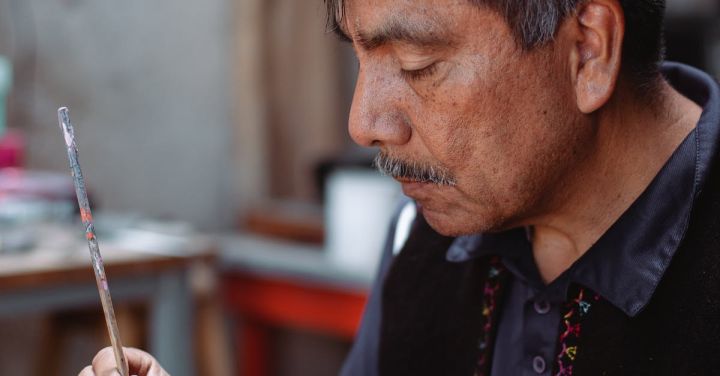What’s the Importance of Local Crafts in Community?

The Importance of Local Crafts in Community
In an increasingly globalized world, it’s easy to overlook the significance of local crafts within our communities. However, these traditional art forms play a vital role in preserving cultural heritage, promoting sustainability, and fostering economic development. From handmade textiles to intricate pottery, local crafts are not merely objects of beauty. They are a reflection of our collective identity and an essential component of our social fabric.
Preserving Cultural Heritage
Local crafts serve as a tangible link to our cultural heritage. They carry the stories, traditions, and values of our ancestors, passed down through generations. By engaging in these traditional art forms, communities can ensure that their unique cultural identity is preserved and celebrated. Whether it’s the intricate embroidery of a certain region or the distinctive patterns of a particular tribe, local crafts provide a visual representation of our shared history.
Promoting Sustainability
In a world where mass production and consumption have become the norm, local crafts offer an alternative that is environmentally sustainable. Handmade crafts often utilize traditional techniques and natural materials, reducing the carbon footprint associated with mass production. Additionally, local artisans tend to adopt sustainable practices such as using organic dyes and minimizing waste. By supporting local crafts, we can contribute to a more sustainable future by reducing our reliance on mass-produced goods and supporting artisans who prioritize eco-friendly practices.
Fostering Economic Development
Local crafts play a crucial role in stimulating economic growth within communities. When we purchase crafts made by local artisans, we directly contribute to their livelihoods. This economic support enables artisans to continue practicing their craft, thereby preserving traditional skills and knowledge. Moreover, the income generated from the sale of local crafts often circulates within the community, benefiting other local businesses and creating a ripple effect of economic development.
Revitalizing Communities
Local crafts have the power to revitalize communities by attracting tourism and creating opportunities for cultural exchange. Visitors are often drawn to communities that have a rich artistic heritage, eager to learn about traditional crafts and interact with local artisans. This influx of tourists can have a positive impact on the local economy, providing opportunities for small businesses to thrive and creating jobs for community members. Additionally, the exchange of knowledge and ideas between visitors and artisans can lead to cultural enrichment and inspire innovation within the craft industry.
Preserving Traditional Knowledge
Local crafts are repositories of traditional knowledge and skills that have been honed over centuries. By engaging in these art forms, younger generations have the opportunity to learn from their elders and acquire valuable skills that might otherwise be lost. This transfer of knowledge from one generation to the next is vital for the preservation of these crafts and the cultural heritage they represent. By investing in education and training programs for local artisans, communities can ensure that traditional skills are passed down and continue to thrive.
Conclusion
In a world that often prioritizes mass production and uniformity, it is crucial to recognize and appreciate the importance of local crafts within our communities. These art forms are not only beautiful objects; they are a testament to our cultural heritage, promote sustainability, stimulate economic development, and preserve traditional knowledge. By supporting local artisans and engaging with their crafts, we can celebrate our collective identity, foster community pride, and contribute to a more vibrant and sustainable future.